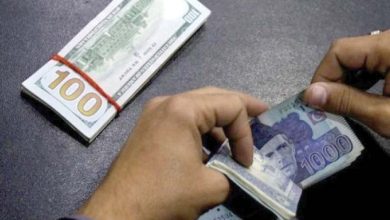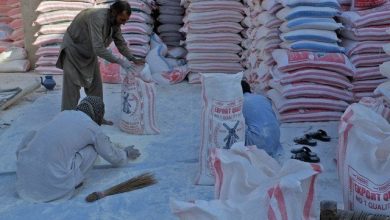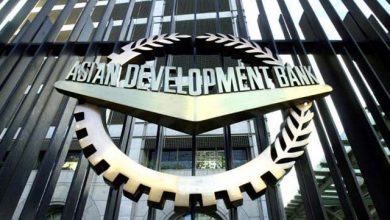Textile exports hit 26-month high

Pakistani textile firms are reportedly receiving additional export orders from global buyers due to rising costs and political instability in competitor Bangladesh, along with international restrictions on China. As a result, the industry’s exports hit a 26-month high of $1.64 billion in August 2024, marking a significant 13% increase compared to the same month last year.
In a commentary titled ‘Textiles: Recovery in Cotton and Value-Added Product Prices,’ JS Global Research Analyst Shagufta Irshad explained that rising costs and political unrest in Bangladesh, combined with restrictions on China, pushed global clothing importers to shift to alternative markets, including Pakistan, India, and Vietnam.
“We believe the 28% year-on-year jump in Pakistan’s exports of ready-made garments, along with a 15% rise in knitwear and bedwear exports in August 2024, is partially due to this shift,” said Irshad.
This shift has likely enabled Pakistani exporters to seek higher prices for textile products, particularly in knitwear and garments. During August 2024, average realised prices for knitwear were up 14% year-on-year, while ready-made garment prices surged by 58% over the same period.
Interloop Limited (ILP), one of Pakistan’s listed textile companies, is expected to be a major beneficiary of the situation, particularly in knitwear (socks) exports, where decline in input prices and recovery in export prices and increased value-addition should result in improved margins for the company, she said.
In addition, a 20% rebound in international cotton prices since their July 2024 low, coupled with an 8% rise in local cotton prices, is expected to support higher pricing for value-added textile products in US dollar terms. However, a significant drop in local cotton cultivation this year is increasing the industry’s reliance on imported cotton, which is partially offsetting the gains in export prices.
Irshad stated that Pakistani textile manufacturers have increased cotton imports by 8% in the first two months (July-August) of fiscal year 2024-25 due to the lower domestic cotton crop and relatively low international commodity prices, which remain 13% lower than the same period last year despite the recent 20% recovery in prices.
Contrary to the government’s target of 10.8 million bales (a 6.4% increase year-on-year) for FY25, the industry expects Pakistan’s cotton output to reach between 6.5 million and 7 million bales this year. This shortfall is attributed to a reduction in the area under cultivation, despite government estimates for a 32% increase, and adverse weather conditions.
Based on cotton arrival figures for the first 2.5 months of the fiscal year, output is down 64% year-on-year to 1.4 million bales, which is lower than the figures recorded after last year’s flash floods but higher than figures from the floods in FY21. Assuming these initial figures reflect 15% of the annual output (using FY21 as a reference), Irshad said, “our estimates for FY25 fall between 8-9 million bales at its best, which will still reflect a year-on-year decline. The quantum of the decline however would be lower than the recent monthly run-rate.”
She explained that local cotton prices have recently risen by 8% to Rs18,435 per maund (40kg) or $0.88 per pound, following a low in July 2024, driven by expectations of a reduced crop this year. Meanwhile, international cotton benchmark prices (Cotton A Index) have climbed 24% from their low and are now stable at $0.85 per pound.




